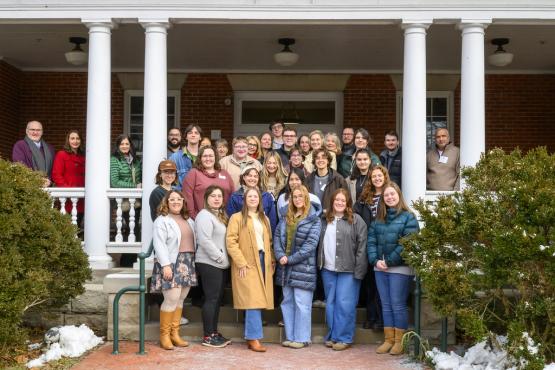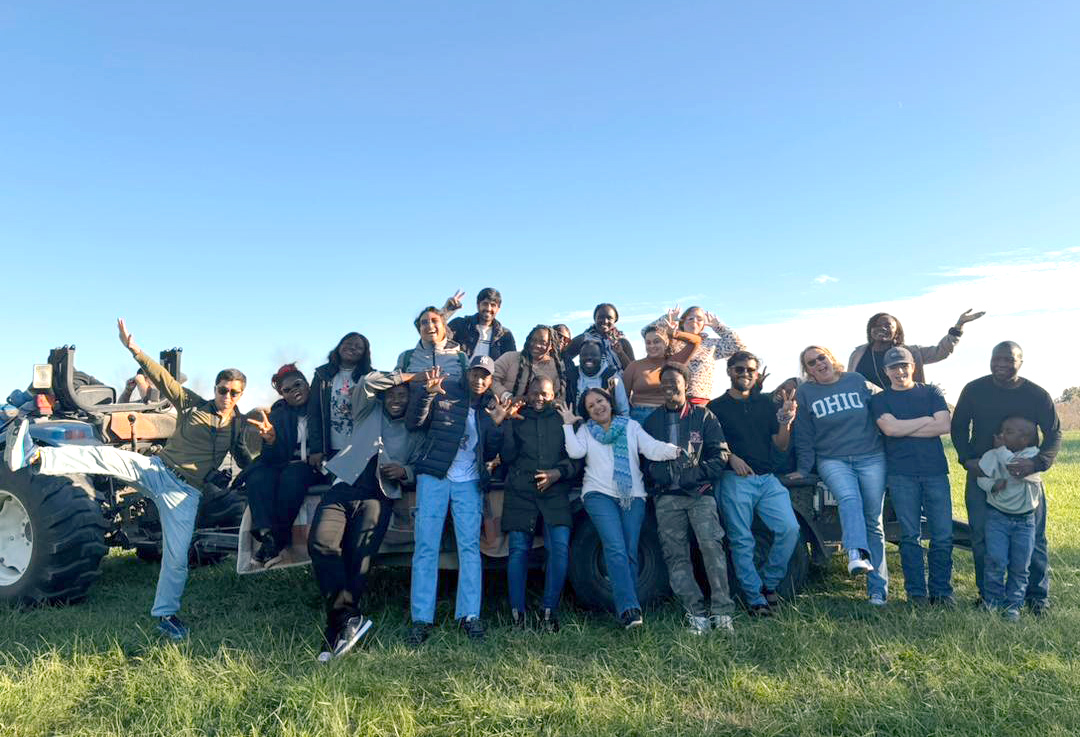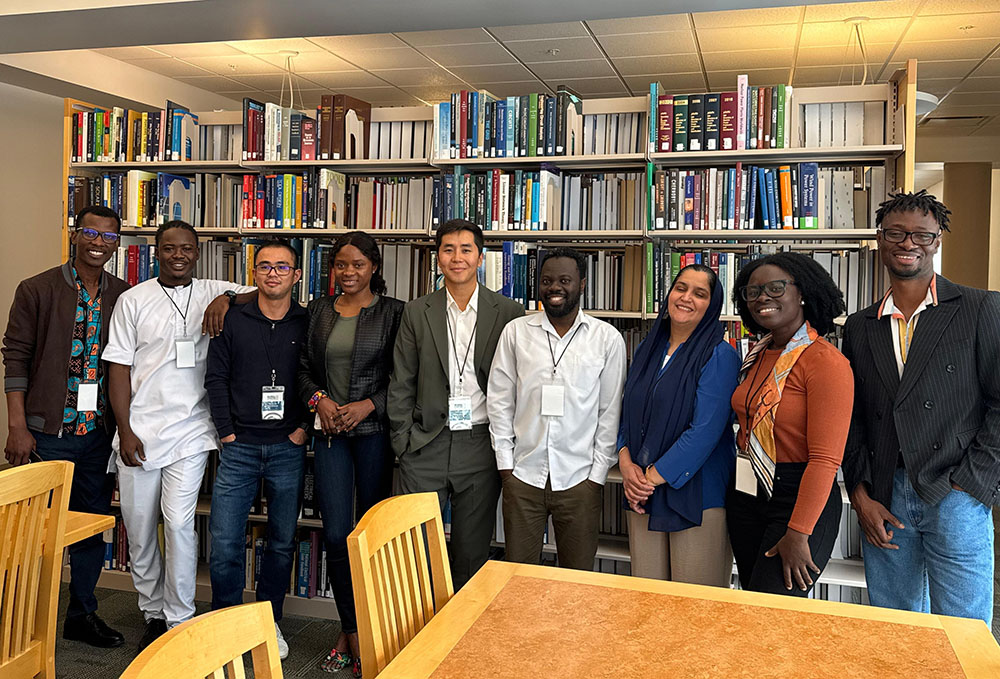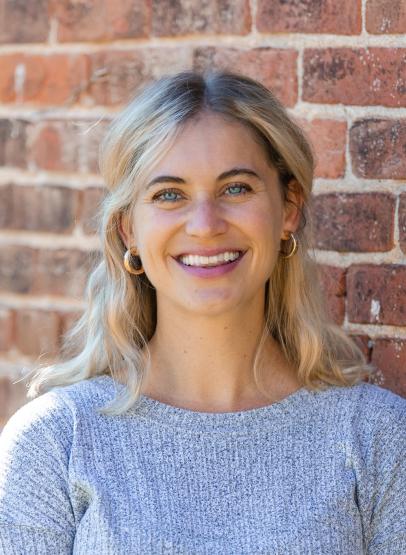

How Ohio University's communication graduate program became a global draw
The M.A. in Communication and Development Studies graduate program at Ohio University has reached a milestone this fall, welcoming its largest and most diverse class since its founding nearly 40 years ago.
Andrea Lewis, BSJ '97 | November 12, 2025
Share:
The program, known as Comm Dev, began in 1986 with just three students. Today, it enrolls 26 students from 16 countries, including a record 18 first-year students representing 13 nations. Among them are three Fulbright scholars and one Crane Fellow.
Comm Dev is housed within the School of Media Arts and Studies in the Scripps College of Communication and operates as one of six programs within the University’s Center for International Studies. It remains the only two-year master’s program in communication and development in the United States.
“This year’s cohort is one of our largest,” said Saumya Pant, Ph.D., associate professor in the School of Media Arts and Studies and director of the program. “In some years, we receive up to 150 applications for just 10 spots. Thanks to the generous support of partners across campus, we were able to welcome 18 students this fall — our highest enrollment to date.”
The program attracts students from around the world who come to Ohio University to learn, exchange ideas and strengthen their skills before returning home to apply what they’ve gained. Each cohort typically includes 10 to 15 students, the majority of whom are international. This global mix shapes the classroom experience and reinforces the program’s focus on communication as a tool for development and social change.
Over nearly four decades, the program has produced more than 350 alumni who now hold leadership roles in media, education and international development organizations worldwide. About 30 percent continue their studies in doctoral programs, many of them at Ohio University.
A hands-on, global learning model
The two-year applied program emphasizes putting learning into practice through community engagement. Students participate in a weekly colloquium series, work with local partners and take part in field projects that link global and local perspectives.
“Our students work with organizations such as Rural Action, The Gathering Place, and Passion Works, which help them understand that development is happening everywhere, even here in Appalachia,” Pant said.
Support for graduate assistantships comes from across campus, including the Sugar Bush Foundation, Heritage College of Osteopathic Medicine, Infectious and Tropical Diseases Institute, and Scripps College of Communication. Pant credits these partnerships for helping the program expand access for international students while strengthening interdisciplinary collaboration.
“Our students are learning not just in the classroom, but through experiences that connect them to communities around the world,” said Scott Titsworth, dean of the Scripps College of Communication. “When they can take that learning back and apply it at home, they see firsthand how communication can create meaningful, lasting change. That’s the kind of global engagement we strive to cultivate at Scripps.”

More than 20 Comm Dev alumni and scholars presented their research and creative projects at the Global Fusion Conference hosted by Southern Illinois University Carbondale. In total, 33 papers and panels explored communication and development topics, amplifying the voices of communities and causes that matter most. In 2027, Global Fusion will be hosted at Ohio University.
Looking ahead
Pant envisions continued growth through increased funding and expanded study-abroad opportunities. “If resources were not a limitation, we could easily double our size,” she said. “Our students are amazing. They just need the right investment.”
Comm Dev recently signed a memorandum of understanding with UNICEF Latin America and the Caribbean and the Scripps College of Communication, creating a pathway for students to complete internships at UNICEF sites beginning in 2026.
“Comm Dev has always been about connecting people, communities and ideas,” Pant said. “Our mission remains the same — to prepare students who bring their knowledge home and make a difference.”


